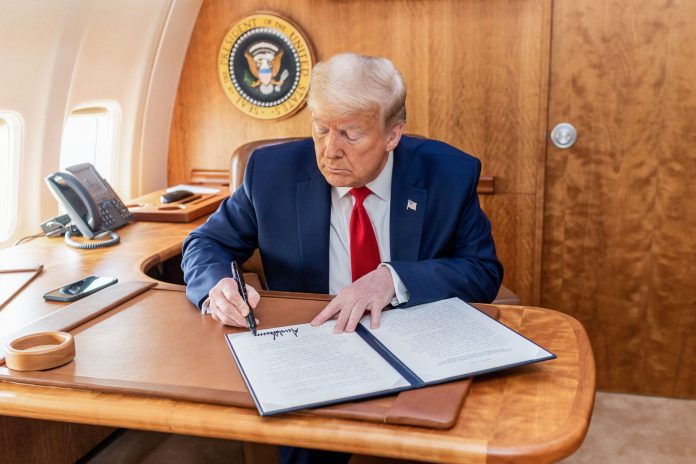Draconian measures to “flatten the curve” were implemented to prevent the healthcare sector from becoming overwhelmed with infected patients. Now, as many states reopen for business, it seems relatively few healthcare facilities are overwhelmed.
However, much of the healthcare industry is still struggling. Becker Hospital Review finds that more than 250 hospitals are furloughing employees to stay financially solvent. Medical practices are also experiencing significantly less patronage.
Dr. Halee Fischer-Wright, President and CEO of Medical Group Management Association, notes that “physician practices are seeing declines in patient volume of 30 percent to 75 percent,” with primary care practice appointments, “down 40 percent to 50 percent.”
Pharmaceutical markets have also been devastated by the pandemic. A report compiled by Primer, a healthcare monitoring company, finds that in the United States “the drug supply chain is not resilient [to disruptions] and the time to recover for shortages is prolonged and can take upwards of 3-5 years.” The report goes on to cite numerous drug shortages, including fifteen drugs used to fight COVID-19, caused by disruptions to international drug supply chains.
Correcting this problem should be a top priority, the study argues. “Immediate action is needed now to mitigate current shortages and prevent additional shortages to ensure drugs with the potential to treat COVID-19 are available for patient care.” The White House is taking action.
A recent CNBC article notes that President Trump is preparing an executive order requiring some “essential drugs” to be produced within the United States. This order will also streamline the Food and Drug Administration’s regulatory approval guidelines for domestically produced essential drugs, increase the agency’s regulatory oversight for U.S. drug manufacturing facilities located overseas, and offer financial incentives to encourage government agencies to favor American-made drugs.
The order’s desired outcome is to strengthen U.S. drug supply chains by reducing the country’s dependence on imported drugs. Supporters of the order have specifically singled out dependence on Chinese drug imports as a threat to our healthcare system. As Michael McCaul (R-Texas), a ranking member of the House Foreign Relations Committee, recently stated:
For far too long the United States has relied on China to produce essential goods, such as medicine, medical supplies and personal protective equipment…. We can’t bet Americans’ health and security on the potential malign decisions of our strategic adversary, the Chinese Communist Party.
Unfortunately, issuing an order restricting our access to drug imports is a prescription rife with harmful side-effects.
According to the FDA, about 90 percent of the drugs in the United States were produced overseas. One of the biggest reasons the United States imports most of its drugs because it’s significantly cheaper to produce drugs overseas. Requiring drugs to be produced domestically will only make them more expensive.
Price increases on essential drugs will most likely be passed on to the patients, who were struggling to afford prescription drugs well before the pandemic. A Consumer Reports survey conducted in 2017 found that 14 percent of drug prescriptions go unfilled because patients couldn’t afford them.
There is also reason to doubt that the executive order would strengthen drug supply chains. As I’ve noted in a previous post, President Trump issued three previous executive orders to make health insurance and care more affordable. They have been unsuccessful.
Instead of looking for more orders and regulations to resolve drug supply issues, we should look to slash international drug market regulations to broaden our import market. Indeed, many of the current COVID-19 drug market issues stem from onerous regulations.
When the first outbreaks of COVID-19 emerged in China, the FDA withdrew its international inspectors. For drugs to be legally imported into the United States, these inspectors must complete a thorough exam. When inspectors were unable to enforce these regulatory requirements, more drug shortages emerged.
Similar compliance problems occurred when South Korea began developing COVID-19 testing kits. As the United States struggled to provide enough COVID-19 tests due to an array of regulatory barriers enacted by the FDA and CDC, South Korea transformed from one of the most affected countries to one of the only countries with more COVID-19 recoveries than new cases. As South Korea began exporting its testing kits across the globe, international drug inspection requirements, and the FDA’s approval process prevented these kits from reaching the United States.
These examples provide two critical insights. First, had the United States adopted less stringent regulations to import drugs and medical devices, supply chains would have adjusted significantly quicker. Second, restricting trade makes supply chains more brittle. Drug markets are no exception.
